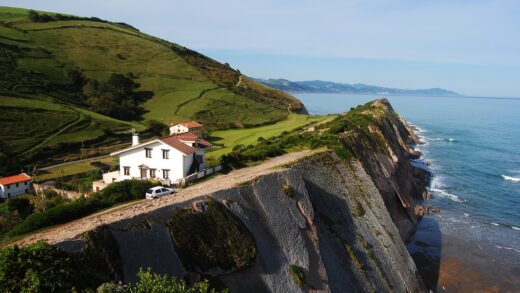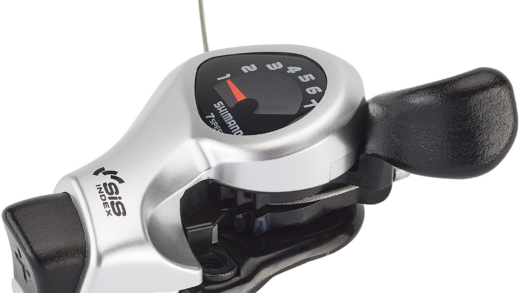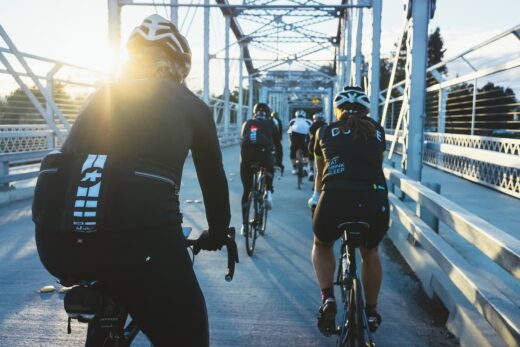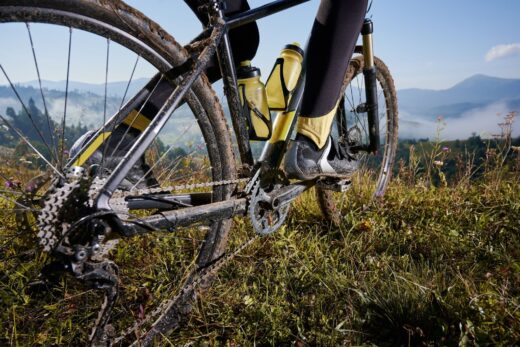Mountain biking has witnessed an unprecedented surge in popularity, catering to a diverse range of enthusiasts, from leisurely commuters to adrenaline-seeking adventurers. Yet, amidst the thrill of navigating rugged terrains, many riders grapple with discomfort due to their bike’s stock geometry. In response, an intriguing solution has emerged – the incorporation of BMX handlebars onto mountain bikes. This article undertakes a comprehensive exploration of the merits and demerits associated with this practice.
Comparing Bike Characteristics
The elemental distinction between BMX and mountain bikes resides in their saddle and wheel dimensions. BMX bikes sport compact saddles and smaller wheels, perfect for rapid maneuvering and agility. Conversely, mountain bikes feature larger saddles and wheels, optimizing stability and comfort during extended rides.
Pros and Cons of Introducing BMX Handlebars
BMX handlebars stand apart with distinct sizes and orientations compared to traditional MTB bars. Designed for urban settings and skateparks, BMX bikes necessitate quick turns and nimble maneuvers. On the contrary, mountain bikes thrive in off-road conditions, prioritizing control and stability. Merging these disparate handlebars could yield peculiar handling dynamics and extra resistance, unsuitable for all riders.
Limitations of Adopting BMX Bars
While integrating BMX bars onto MTBs offers benefits, several limitations warrant consideration. The aggressive posture can be uncomfortable for riders unaccustomed to it. The low-rise design might lead to forward-leaning, straining arms and wrists, causing discomfort on longer journeys. Compatibility concerns between BMX bars and MTB stem might require additional investments. Moreover, the compact height of BMX handlebars could strain lower backs and necks, posing ergonomic challenges. Furthermore, unconventional bar shapes could hinder brake lever access, endangering abrupt braking scenarios.
Advantages of BMX Handlebar Installation
Conversely, BMX handlebars can enhance the cycling experience for certain riders. The lower profile brings hips closer to the front wheel, amplifying bike control. Superior maneuverability, facilitated by wider bars, empowers tighter turns and adept navigation through confined spaces. Embracing a more aggressive posture could augment overall performance, particularly on steep, technical descents. Additionally, shorter BMX bars encourage an upright stance, relieving pressure on hands and arms and redistributing weight to sit bones.
Benefits of Installing BMX Bars on MTB:
- Aggressive Riding Position: BMX bars’ low rise allows a more aggressive stance;
- Improved Control: Closer hip-to-handlebar proximity enhances bike control;
- Maneuverability: Wider bars offer greater control and easier navigation in tight areas;
- Stability in Descents: Shorter BMX bars provide stability on steep and technical terrain.
Differentiating BMX and MTB Handlebars
BMX handlebars exhibit narrower dimensions, fostering agility in tight spaces and swift actions. In contrast, mountain bike handlebars maintain a balance between lightweight construction and durability, catering to rough terrains.
The Installation Process
Implementing BMX handlebars necessitates meticulous steps. Removing the existing stem from the fork steerer tube and ensuring bar compatibility is vital. Then, attaching the new stem and handlebars, followed by adjustments for the desired positioning, completes the process. Testing the bike post-installation is essential to ascertain stability and comfort.

Comparison Table: BMX Handlebars vs. Mountain Bike Handlebars
| Aspect | BMX Handlebars | Mountain Bike Handlebars |
|---|---|---|
| Size | Smaller dimensions for agility | Larger for stability and comfort |
| Maneuverability | Quick turns and tight spaces | Balanced control on rough terrains |
| Compatibility | Potential need for new stem | Typically compatible with MTB stems |
| Riding Posture | Aggressive forward-leaning position | Balanced and upright stance |
| Brake Lever Accessibility | Challenging due to bar shapes | Designed for easy access |
Video Guide
We suggest you watch the video, in which you will get a more detailed explanation.
Conclusion
While installing BMX handlebars on your mountain bike offers benefits like enhanced control and maneuverability, it also presents challenges such as compatibility issues and discomfort. Consider your riding style and preferences before making any modifications.
FAQ
BMX handlebars’ compatibility depends on your mountain bike’s stem diameter and your riding preferences.
Yes, installing BMX bars can alter your bike’s original geometry, potentially impacting its handling and performance.
You’ll need a torque wrench, hex keys, and potentially a new stem, depending on compatibility.






